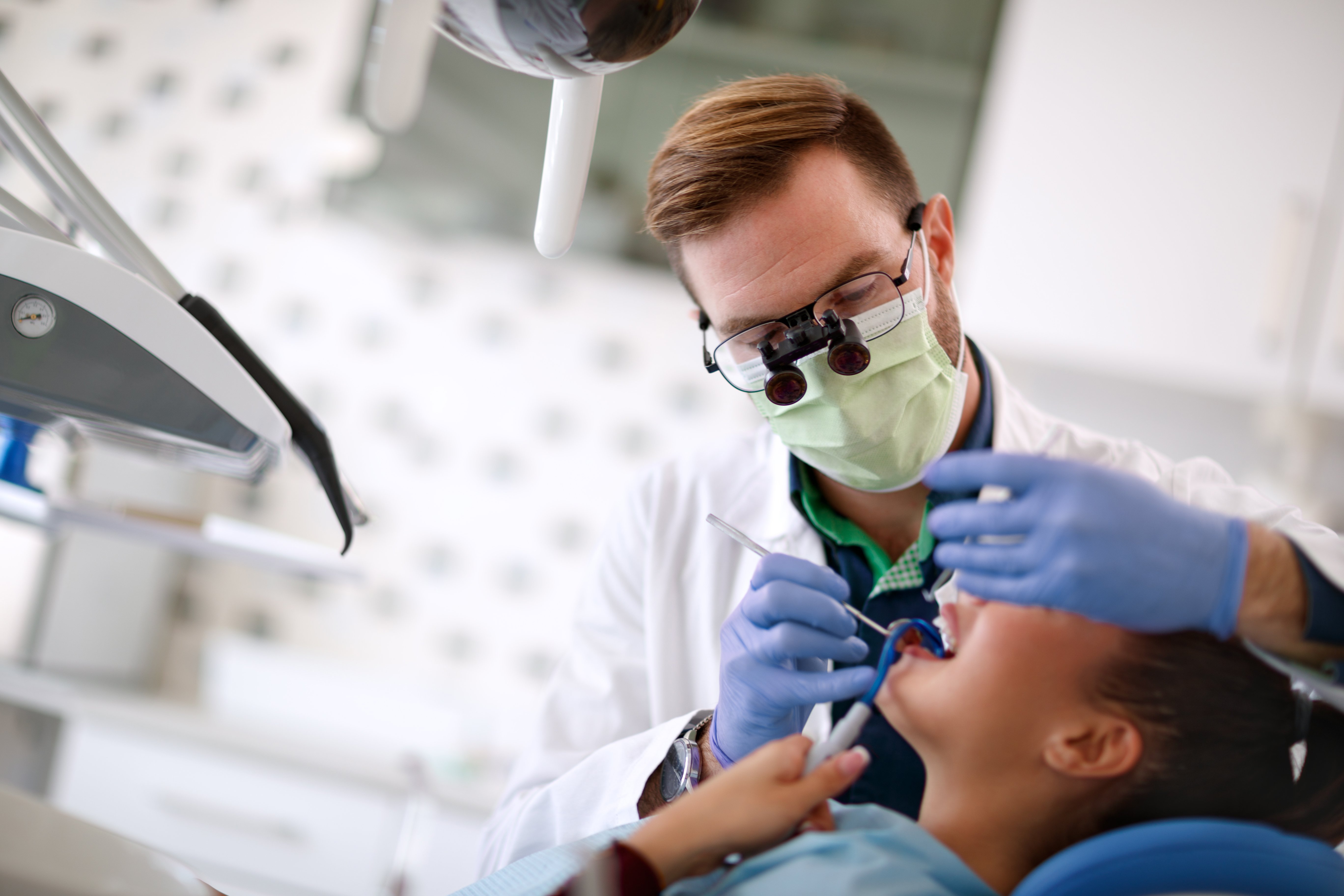
The COVID-19 crisis has radically shifted much about how we live, with reverberations that will continue well after the pandemic ends. Dentistry practices are vital to health and well-being. Here’s how dental suctioning has changed due to COVID-19.
A New Focus on Dentistry and Health
Dental health is about more than just pearly white teeth and a bright smile. You know that, but many of your patients may not. The close connections between dental health and cardiovascular disease, diabetes, and other health issues are well established. The patients who are susceptible to these diseases are also at a higher risk for severe COVID illness. Avoiding regular dental care is not a safe option for them.
Dentists must educate their patients about the need for ongoing care during a pandemic. It’s up to you to help your patients feel comfortable coming into your office even when there’s a highly contagious illness spreading in their communities.
More Frequent Suctioning
Many dental procedures can generate harmful aerosols that accelerate the spread of COVID-19. This exposes you to the virus and can spread the disease between patients—especially when saliva lingers on surfaces, or when you treat patients in close quarters. Frequent suctioning can reduce the number of aerosols spread throughout your practice, slowing the spread of COVID-19 and making dental treatment safer. To maximize safety, place partitions between patients, consider treating only one patient at a time, or treat patients in separate well-ventilated rooms.
Aggressive Hygiene
The most effective strategies for mitigating the spread of COVID-19 are also the simplest. The virus is not magic; it cannot exist if you wash or disinfect it away. So embrace these simple hygiene strategies, even if they slow things down a bit:
- Sanitize all equipment between patients, without exception.
- Never store dirty equipment.
- Store all of your equipment in sealed bags or containers so that it is not contaminated.
- Wash hands before and after every patient, and before and after touching equipment.
- Maintain a well-ventilated work space.
- Disinfect surfaces frequently.
- Use touchless options to the greatest extent possible. For example, take payment over the phone before treatment.
- Keep waiting rooms empty. Have patients wait in their cars, then call them in for treatment.
- Require all staff to wear masks that fully cover their nose and mouth at all times.
- Supply masks to patients and visitors at the door and strictly enforce mask adherence.
- Offer telehealth consultations. It may be possible to manage certain conditions over the phone. For example, a patient who needs antibiotics before treatment does not need to come into the office. Nor does a parent who needs to refill their child’s fluoride treatment prescription.
Protecting Yourself and Your Patients
Though asking patients about symptoms and taking their temperatures are common-sense measures to slow the spread of the virus, there is no strategy—even testing—that can accurately detect everyone who has it. So it is important to treat each and every patient as if they are COVID-positive. That means a diligent approach to hygiene, including frequent hygiene and careful use of personal protective equipment.
You must also be mindful of your ability to potentially pass the virus on to vulnerable patients. So see patients in limited numbers, always wear a mask, and space out visits. This reduces the risk that your practice will play a role in spreading the virus. After all, you’re there to preserve their health—not tank it.
A portable suction machine allows your practice to be more adaptive, see patients throughout your office building, and suction them without having to invest in heavy wall-mounted suction. For help finding the right machine for your practice, download our free guide, The Ultimate Guide to Purchasing a Portable Emergency Suction Device.














